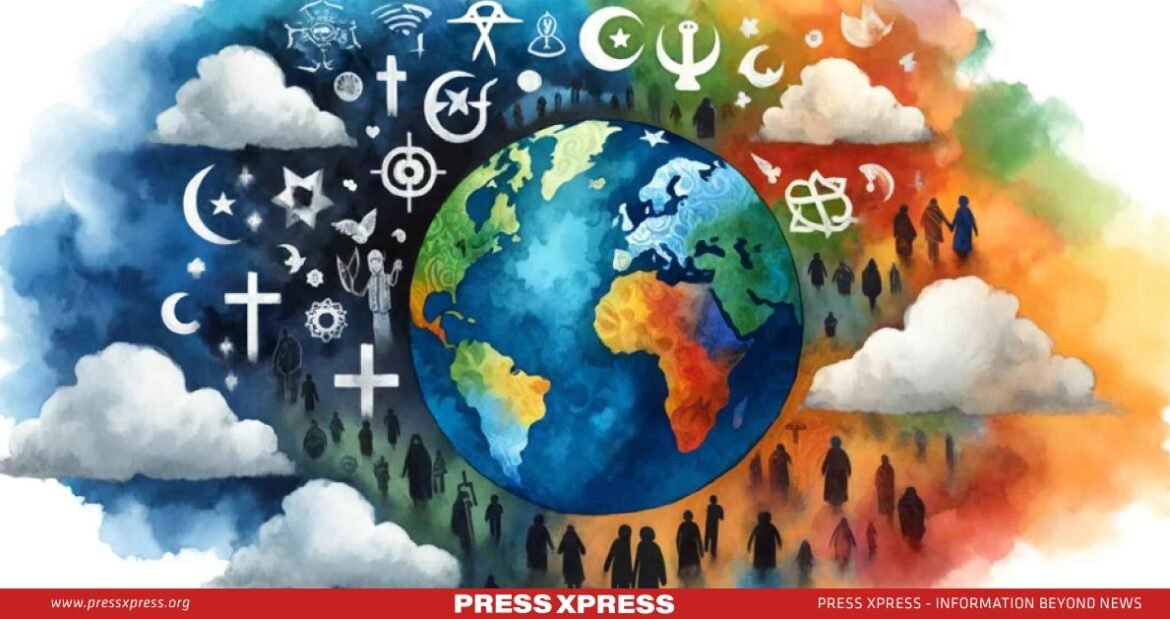Religious freedom around the world suffered in 2021, as governments and societies imposed new restrictions and hostilities reached record levels. The Pew Research Center, which has been monitoring these developments year after year, released its most recent report in 2024.
The report shows that in 2021, religious groups faced harassment from governments in 183 countries, an all-time high. At the same time, social hostilities, such as violence and intimidation targeting religious communities, remained widespread.
You Can Also Read: MODELING THE FUTURE OF RELIGION IN BANGLADESH
Since 2007, the Pew Research Center has been monitoring and analyzing global trends in religious restrictions, examining both government-imposed limitations and social hostilities. Their comprehensive survey for the year 2021 encompasses data from 198 countries and territories worldwide.
The persistent erosion of religious freedom is connected to broader challenges facing democracy and human rights on a global scale. To effectively promote and protect religious freedom worldwide, it is crucial to recognize and understand these troubling patterns.
Intolerance is Rising Globally
Across the globe, religious intolerance is on the rise, with both governments and private groups contributing to this worrying trend.

Moreover, government interference in religious worship was also widespread. These restrictions often involve limiting religious practices and specifically targeting religious minorities.
In addition to government actions, social hostilities involving religion have also escalated. These hostilities encompass various forms of harassment, ranging from verbal and physical abuse to acts of terrorism and violence between different communities.
The overall trend points to a global increase in religious restrictions and hostilities, with both government actions and social hostilities playing a significant role. This trend is indicative of broader issues of rising intolerance and polarization that are affecting many parts of the world.
Nations on Focus
In 2021, the nations of Pakistan and Turkmenistan moved from having ‘high’ levels of government restrictions on religion to ‘very high’ levels, according to the Government Restrictions Index (GRI). China imposed the strictest government limits on religion worldwide in 2021, while social conflicts linked to religion were most pervasive in Nigeria.
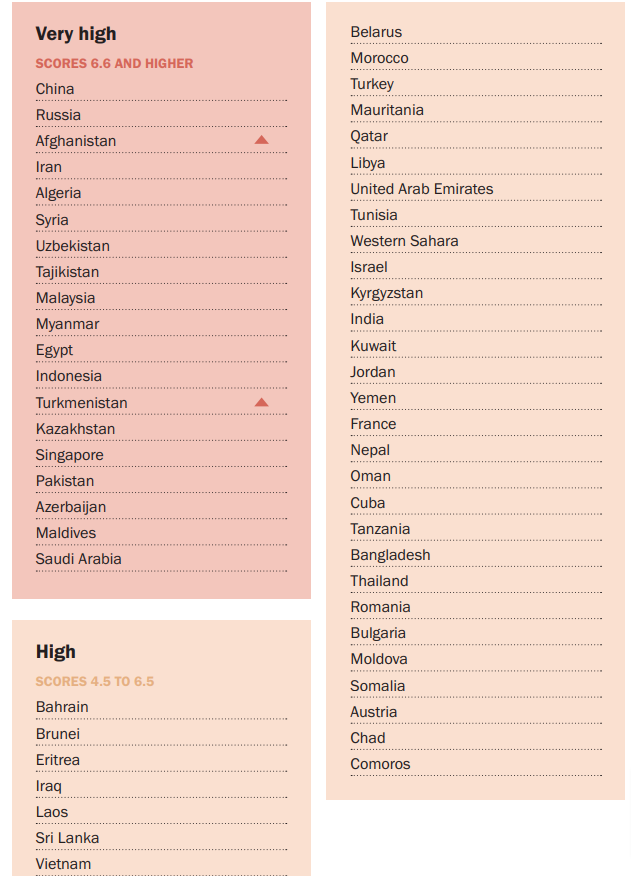
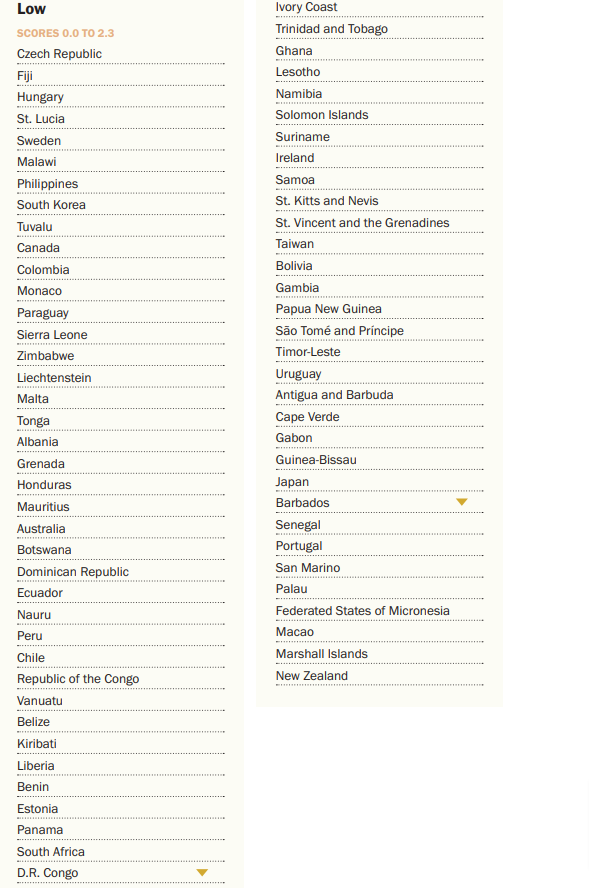
Conversely, Brunei and Eritrea went the opposite direction, shifting from ‘very high’ to ‘high’ restrictions. Notably, Brunei did not report any instances of deporting religious groups or individuals in 2021.
Sudan was the sole country in 2021 to experience a major drop in its GRI score, moving from the ‘high’ category down to ‘moderate’ restrictions. This decline from 5.8 to 3.2 is partially attributed to religion-related reforms implemented in July 2020 by Sudan’s transitional civilian government. These reforms decriminalized apostasy and repealed laws criminalizing ‘indecent dress’ or public moral violations.
The majority of countries, around two-thirds or 132 out of the total studied, underwent minor shifts of 0.1 to 0.9 points in their GRI scores, with 66 having minor decreases and 66 having minor increases in restrictions.
Primary Causes
Pew Research identified several primary causes that contribute to the alarming rise in religious intolerance worldwide. One of the most significant factors is the role played by government actions, as many governments around the world implement laws and policies that place restrictions on religious practices.
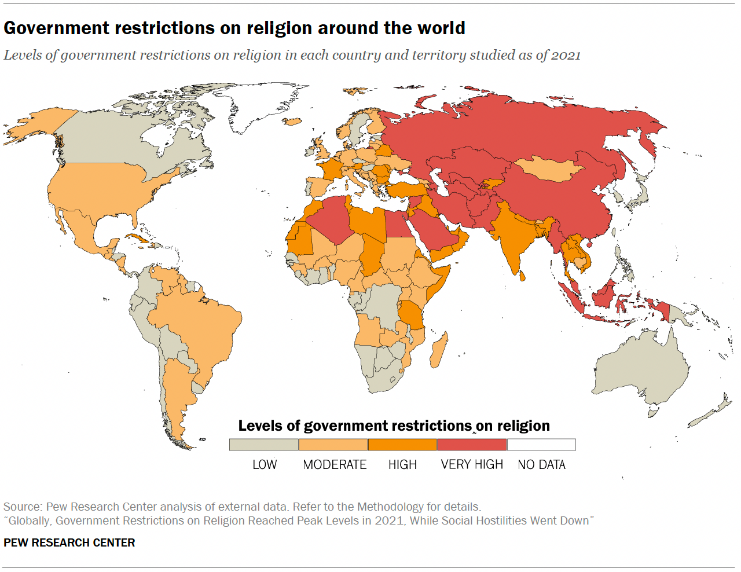
These restrictions can take various forms, such as banning certain faiths, limiting religious gatherings, and providing preferential treatment to some religions over others, thereby creating an environment that fosters intolerance.
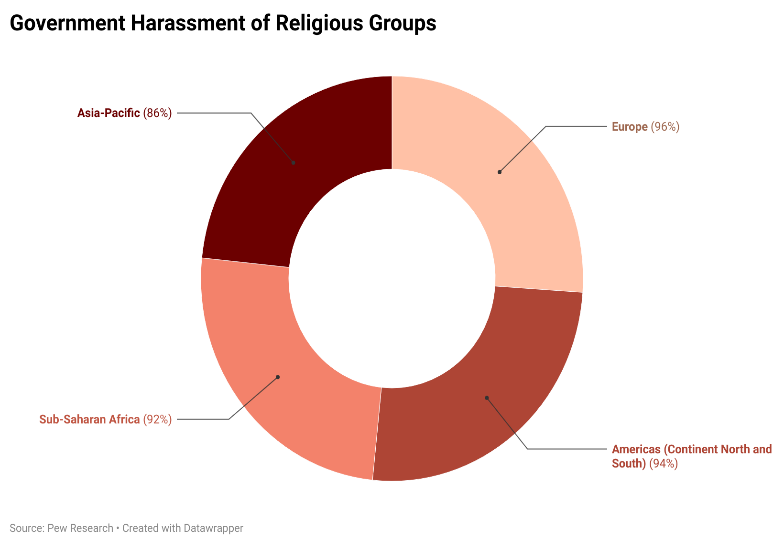
Another major factor that fuels religious intolerance is the prevalence of social hostilities (refer to Global Social Hostilities Index rankings for region-wise details), which involve acts of violence and harassment perpetrated by private individuals or groups.
These hostilities can manifest in various ways, including mob violence, terrorism, and harassment targeting individuals based on their religious attire. The political manipulation of religion also plays a key role in exacerbating religious intolerance. Politicians often exploit religious sentiments to mobilize support and further their own agendas, which can lead to increased societal divisions and hostility.
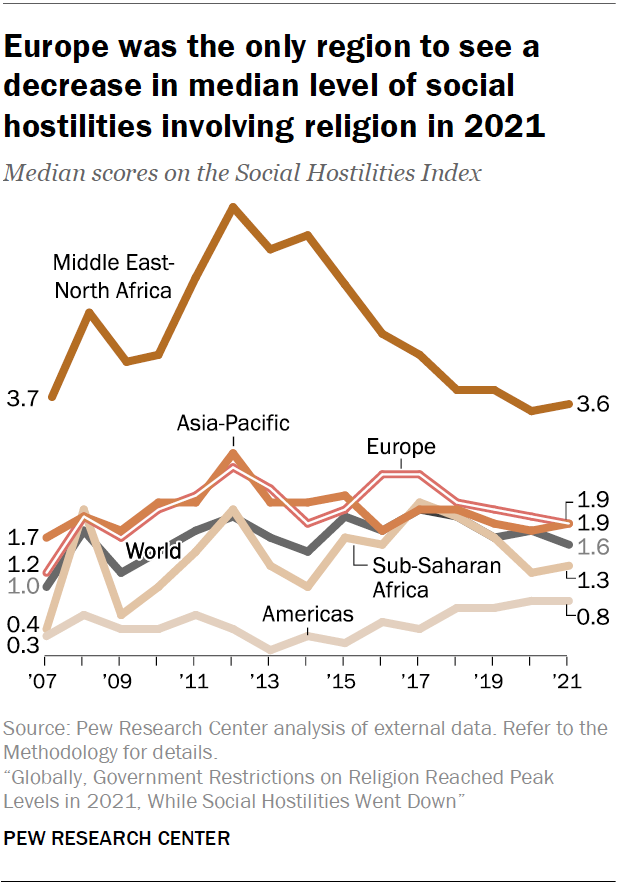
- The Social Hostilities Index (SHI) measures acts of religious hostility by private individuals, organizations or groups in society. This includes religion-related armed conflict or terrorism, mob o sectarian violence, harassment over attire for religious reasons and other forms of religion-related intimidation or abuse. The SHI includes 13 measures of social hostilities.
Socio-economic factors also play a significant part in the rise of religious intolerance. Poverty and inequality render individuals more vulnerable to the allure of radical ideologies.
Moreover, the lack of access to quality education limits critical thinking skills and promotes narrow religious interpretations, which can further contribute to increased intolerance and a lack of understanding between different faith communities.
“Social media platforms have a clear responsibility to combat online hate speech that may lead to real-world discrimination and violence.”
– Volker Türk, UN High Commissioner for Human Rights
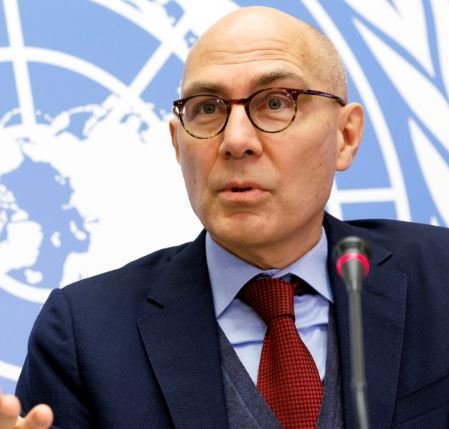
Finally, the role of media and social media cannot be overlooked in the context of religious intolerance. Online platforms often serve as breeding grounds for hate speech, which can incite real-world violence and contribute to the spread of discriminatory attitudes.
The United Nations has emphasized the need for social media companies to take responsibility for moderating such content to prevent discrimination and violence, recognizing the powerful influence these platforms can have on shaping public opinion and behavior.
Weaknesses
The research by Pew does not take into account or omits several key factors in its report. Some of the key shortcomings found in the report that may affect its accuracy are:
- Lack of Qualitative Data: While quantitative findings are valuable, adding personal stories or case studies could provide deeper context and show how restrictions impact individual lives.
- Causality and Correlation: Understanding the reasons behind trends in restrictions could inform more effective responses and policies.
- Regional Variations and Specificity: Discussing differences within larger regions would clarify where issues are most pressing.
- Potential Data Bias: Incorporating more diverse perspectives beyond Western sources could enhance credibility.
- Longitudinal Analysis: Examining longer-term patterns, not just annual changes, could distinguish short-term fluctuations from entrenched trends.
- Impact of Non-Government Actors: Exploring how corporations or NGOs influence religious freedom through economic or cultural means could add value.
- Methodological Transparency: Providing detailed criteria for scoring, categorization, and assessments would allow readers to evaluate objectivity.
- Outdated: While the research is highly valuable, due to current geopolitical events; such as the war in Gaza; the research has lost some of its relevance.
- Regional Bias: The report, while highlighting countries such as Pakistan and Afghanistan, does not highlight religious restrictions in Western nations with the same level of specificity. For example, no mention was given on increasingly restrictive immigration/religious policies, or the continued rise of far-right elements in Europe that are fueling Islamophobia.
Analysis
The global rise in religious intolerance shows no signs of abating, as multiple factors continue to fuel this troubling trend. The devastating clashes between religious communities in Nigeria, often sparked by competition over resources, have resulted in numerous deaths and injuries, highlighting the dire consequences of unchecked hostilities.
Furthermore, the political manipulation of religion serves to exacerbate the issue, as politicians frequently exploit religious sentiments to garner support, thereby deepening societal divisions and fostering an atmosphere of intolerance.
The combined effect of these factors has created a global environment in which religious intolerance is deeply entrenched, with far-reaching implications for human rights and social cohesion.
Conclusion
Religious intolerance has emerged as a pressing global issue, affecting the lives of millions of people worldwide. The relentless rise in government restrictions and social hostilities highlights the severity of this problem. These alarming trends serve as a clear indication of the urgent need for concerted action to safeguard religious freedom and foster a culture of tolerance and understanding.
Addressing the complex challenges posed by religious intolerance is of paramount importance, not only for the protection of fundamental human rights but also for the preservation of social cohesion and harmony.

